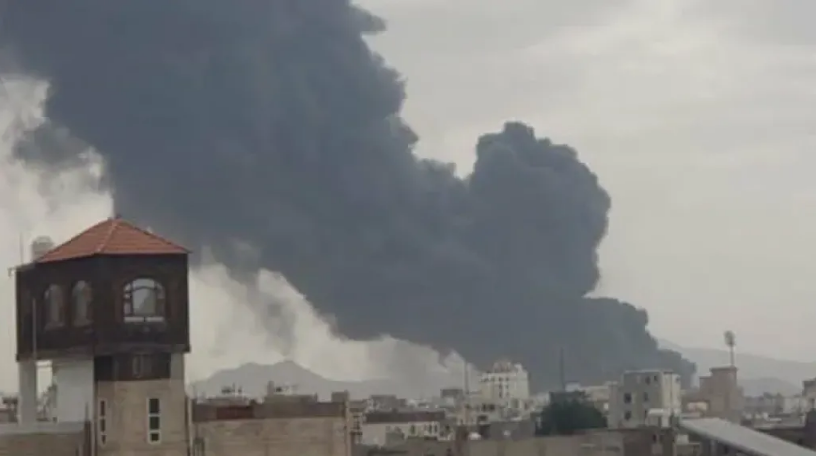As reported by SABA and the Yemen Press Agency, the Coordination Center in Yemen has issued a formal notification to civil aviation authorities, highlighting high risks to air navigation at Israeli airports. This significant advisory emerges against a backdrop of escalating hostilities and increasingly stark rhetoric from Sana'a.
The notification to international aviation bodies underscores a new dimension in the regional conflict, suggesting a potential expansion of Yemeni operations or, at minimum, a heightened perception of threat capabilities. This directive from the Sana'a-based authorities aims to alert global air traffic management to what they describe as serious dangers associated with operations in and around Israeli airspace. The potential disruption of air traffic in this region could lead to significant economic and humanitarian consequences, further escalating the conflict and destabilizing the region.
This development does not occur in a vacuum. The Houthi-supported Yemeni government in Sana'a has simultaneously reiterated its position, as also reported by SABA, that it is engaged in a "battle against an enemy that has a habit of committing genocide and targeting civilian objects." The 'enemy' in this context is understood to be Israel and its allies, particularly the United States. This strong condemnation provides context for the aviation warning, framing it as a response to perceived ongoing aggression and alleged war crimes. The government's statement emphasizes its resolve to confront what it views as existential threats and violations of international law.
Against this backdrop of warnings and accusations, Yemen itself has been subjected to further military action. The Yemen Press Agency reported that US-Israeli warplanes, part of a coalition supporting the Yemeni government, conducted joint airstrikes targeting locations in the capital, Sana'a, and the nearby governorate of Amran. These strikes represent a continuation of retaliatory or preemptive actions by the coalition forces against Houthi-controlled areas, further fueling the cycle of conflict and raising concerns about the involvement of major global powers in the region.
Corroborating the impact of these aerial attacks, a leader in Ansarallah, cited by the Yemen Press Agency, addressed the plumes of smoke observed rising over Sana'a. The official clarified that the smoke was a direct result of the recent enemy airstrikes, specifically attributing it to the aforementioned US-Israeli aerial bombardment. This confirmation from within Ansarallah links the tangible effects on the ground in Yemen directly to the actions of its adversaries, reinforcing the Sana'a government's narrative of being under sustained assault. The interconnected events – from air navigation warnings and accusations of genocide to direct airstrikes on Yemeni cities – paint a picture of an intensely volatile and rapidly intensifying confrontation with far-reaching implications for regional stability.
